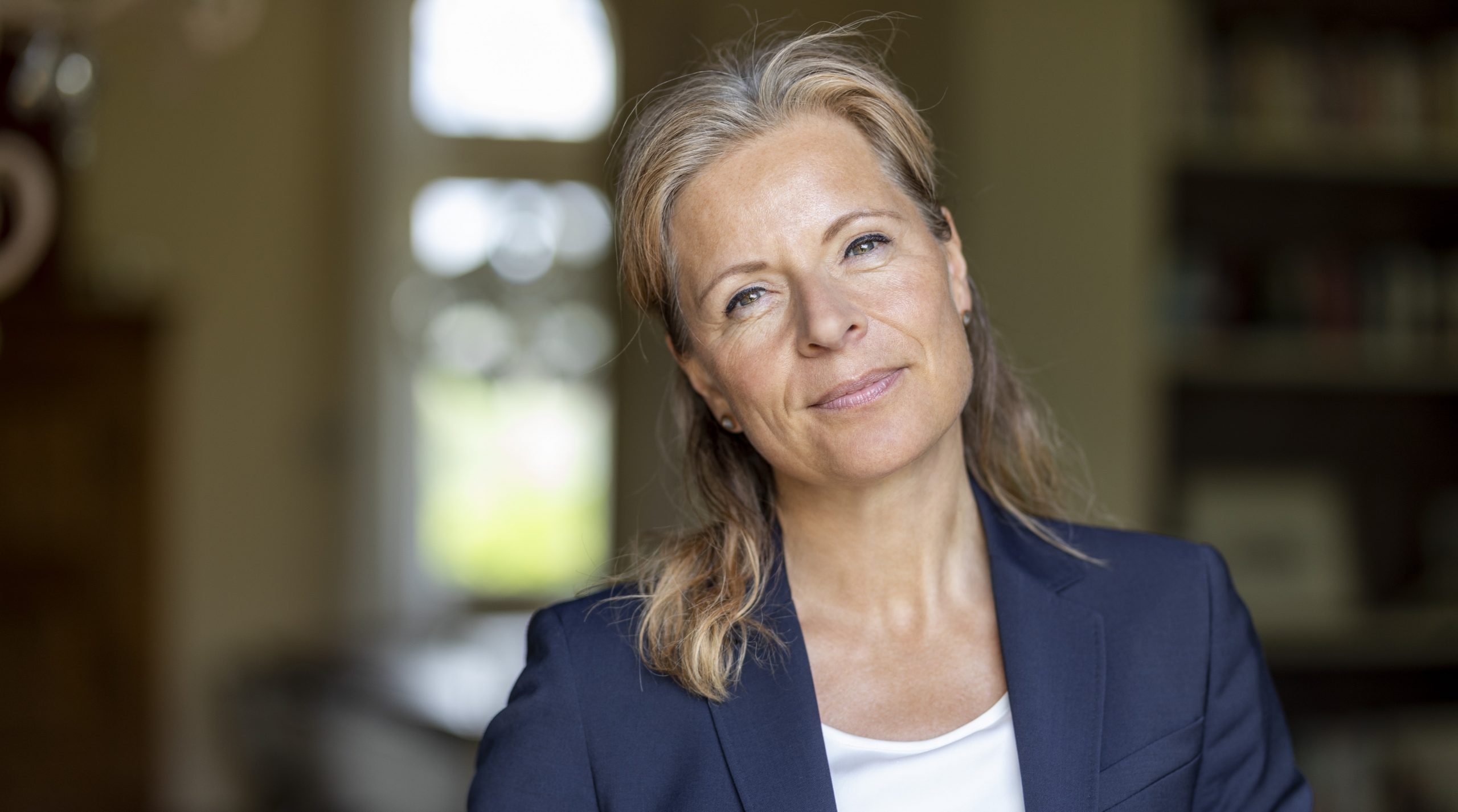Pension poverty on divorce and the gender pension gap

15th September 2023
We often think of our home as our largest asset, but in 2022 the Office of National Statistics reported that of the £15.2 trillion of household wealth in the UK, £6.4 trillion, or 42%, is held in private pensions. But unlike your home or savings accounts, pensions can only be held in one person’s name, making them less visible between spouses.
In the context of divorce, we believe this makes pensions less desirable than more tangible or liquid assets. There is also a common misconception that pensions cannot be split on divorce. The result is exacerbating an already significant gender pension gap in the UK and is putting many women at risk of pension poverty following a divorce.
In this article, Alice Sanders, a Financial Planner and Pension Specialist at Edison Wealth Management, and Priya Palanivel, a Partner in the Family Team at Sheridans, a West End law firm, consider how pensions are treated on divorce, the tax benefits of pensions and how to avoid falling into the pension poverty trap.
What are a client’s pension rights in a divorce?
Since 2000, in England and Wales, individuals’ pension pots form part of their asset base. Therefore, because of divorce, they are capable of being divided, by a court ordered pension share.
In most cases, where the provision is not disproportionately high, the total pot would be considered capable for sharing.
Sometimes, where the pension is of significant value, it can be agreed or ordered that the pension sharing arrangement is limited to sharing only the matrimonial element of the pension. In these instances, it is necessary to calculate how much the pension provision was worth before and after the period the parties were married and the court would ignore the pension provision created before the marriage, the pre-marital element.
Likewise, this would also apply if there was a significant period of time between separation and commencing divorce proceedings. If deemed fair, the post-marital element of the pension may be ring fenced and not form part of the pot to be shared.
These are the only two exceptions.
In recent years, the development of the pension advisory group’s report (PAG report) has provided guidance on how and in what circumstances should a pension pot be shared as part of divorce proceedings. There has also been recent case law which has followed the guidance of the report.
What are the tax benefits of pensions?
Pensions are incredibly tax efficient both during your lifetime and on death, making them very attractive savings vehicles.
Contributions to pensions attract income tax relief (subject to an annual allowance) and the funds grow tax-free i.e. there is no capital gains or income tax to pay on interest and gain. These tax savings can contribute significantly to the funds available for retirement income.
In addition, on death of the pension policyholder, in most instances, the pension pot won’t be subject to Inheritance Tax (IHT), currently at 40%, either.
The latter is often overlooked as most people assume they will draw on their pensions from day one of their retirement.
It is often the case however that spending from other accounts that are subject to income, capital gains and IHT first – for example, cash savings or investments in general investment accounts – will not only reduce your IHT liability but your ongoing tax burden, too.
When drawing on your pension, it is possible to withdraw 25% (up to £268,275) of the value as a tax-free lump sum, with the remainder taxed at your marginal income tax rate.
Finally, at the March 2022 Budget, it was announced that the limit which capped the amount you could accrue in your pension without suffering additional tax charges, known as the Lifetime Allowance (LTA), will be removed from April 2024 and, this tax year, whilst in theory the LTA still exists, no LTA tax charge will be charged. This means that, under current legislation, you can continue to save and accrue pension benefits without worrying about additional tax charges.
How can pensions be split? And what is the most common way of splitting pension assets on divorce?
There are three ways to split pensions in divorce: offsetting, attachment orders and pension sharing.
Offsetting is the second most common way, and often where one spouse is particularly concerned about having liquid capital this can be an attractive option.
A pension expert calculates the equivalent amount of pension vs capital. The pension capital value can then be offset against other assets which may better meet your needs. However, this type of arrangement is only possible if there is sufficient liquid capital elsewhere in the marital pot.
I find that female clients often want to offset where their housing needs may require a greater share of capital, especially if they have a reduced earning capacity and in turn mortgage raising capacity/affordability. However, as a consequence, they are reducing their pension entitlement and have no recourse for retirement.
Pension attachment orders (or ‘earmarking’) entitle an ex-spouse to a percentage of the pension income when it comes into payment – there is no physical dividing up of the pension at the point of divorce.
Pension attachment orders are not so frequent now and have some disadvantages, such as remaining attached to your spouse and your benefit is contingent upon your ex-spouse taking their pension benefits. There is no control over the decisions they may make, such as if they choose to stop contributing to the pension scheme.
The most favourable way is a pension sharing order.
Unlike earmarking, pensions are physically split by completing a pension sharing annex which is lodged and approved by the court and sent to the pension scheme administrator.
The recipient spouse is then able to choose how to invest their pension provision: some schemes insist on the pension staying with them, known as an internal transfer, whereas others are open to individuals moving the provision to their own providers.
Pension sharing orders provide for a complete separation of pension assets and ex-spouses are not impacted by death or remarriage.
In your experience does one spouse typically have a larger pension than the other? And if so, is the person with the smaller pension concerned about receiving a share of their spouse’s pension on divorce or would they prefer to offset it?
Yes, typically one spouse will have a larger pension pot than the other. It is more often than not the primary caregiver who has the smaller pension and is no longer actively contributing.
Research shows that on average women spend at least 10 years away from the workplace due to caring roles (whether that be for children or elderly relatives) and as a result are unable to contribute adequately to their pensions.
In addition to this, British society still sees the stereotypical roles of “breadwinner” and “homemaker”, with the homemaker spouse either not working at all, or taking part time, or lower paid roles.
As a result, pension offsetting is often more attractive, especially to female clients, who naturally prioritise cash to pay for household and childcare costs, over the longer term financial security a pension can help build.
According to Which?, 71% of their research group did not opt for pension arrangements in their financial settlements, with women increasingly concerned about liquid capital.
I try to encourage clients to think about their retirement and how they will live if they do not have a pension pot sufficient to live on. More and more female clients consider downsizing later on in life to release capital to invest as a deferred pension pot, but this is not always the most efficient root to financial independence – downsizing is costly and not as tax efficient as pensions.
Insufficient pension funding and favouring short term assets over pensions is leading to many women being in pension poverty following divorce.
What is pension poverty after divorce?
In its absolute sense, pension poverty refers to the state of being forced to lower your standard of living to make ends meet in retirement.
Research by Aviva suggests that a third of divorcees have needed to supplement their income from their savings following divorce and one in five have had to use a credit card for everyday living expenses.
Somebody in this situation might not be living below the poverty line, but may have very few, or possibly no, pension assets to their name, significantly reducing their financial security.
Ethnic minorities are most likely to be in pension poverty, followed by women, who are more likely to have had career gaps and opted for lower-paid, part-time roles if raising a family. This means that women typically have less time to accrue pension savings and fewer earnings from which to make personal pension contributions.
According to research from the University of Manchester and the Pensions Policy Institute, the average married woman aged 64-69 has accrued only £28,000 in private pension provision, compared with on average, £260,000 for their male counterparts. The gap the other end is no better; men tend to start their pension savings earlier than women. Married men aged 30-44 have on average more than double the private pension savings of their similar aged wives.
And this is consistent with our experience. In fact, it is not uncommon for one person to have significant pension assets whilst the other has no pension assets at all, resulting in them being completely reliant on their spouse’s pension for their retirement. This leaves one party – stereotypically, the woman – extremely vulnerable to pension poverty in the event of a divorce.
How can clients consider mitigating pension poverty from a tax and financial planning perspective?
Our advice tends to centre around three areas:
1. Consider maximising your Annual Allowance
Where possible, maximise your annual allowance (AA) through personal and third-party contributions to your pension. The AA is a limit on the amount that can be paid into your pension whilst receiving tax relief each tax year. It is limited to the lesser of your relevant UK earnings (these include your salary and interest earned, but not dividends or rental income) and £60,000.
Women with limited pension assets often find themselves in such a position as a result of them having little or no earnings, and thus little or no disposable income from which to make pension contributions. However, subject to the AA, third parties can contribute to a pension on your behalf, meaning that a husband or other immediate family, could contribute to the pension on an annual basis.
For example, if you earn £20,000 a year, your spouse could contribute £20,000 to your pension every year.
If you are employed, whether full or part-time, you should check if your employer operates a matching pension scheme whereby they match your pension contribution. If they do, it’s worth taking advantage of, even if your employer will only match your contribution up to a certain amount.
It’s important to remember that even if you have no earnings at all, you or a third-party can pay £2,880 into your pension every tax year, and the Government will award tax relief of £780 making the total contribution £3,600.
Insofar as your pension is invested, making contributions as early as possible is, of course, beneficial, as your pot will benefit from a longer period of investment growth.
A £2,880 a year contribution from age 30 to retirement age could generate a pension fund value of c. £200,000.
2. Review investment options and charges of your pension
It’s a good idea to regularly review the investment options and charges associated with your pension.
If you have a workplace pension, there is no requirement to remain in the default fund chosen by your company, and you may find that a different fund offered by the provider is better suited to your objectives and attitude to risk.
The same principle applies if you have divorced and received a pension sharing order. A change in circumstances normally means a change in personal objectives, so assessing whether the current investment is suitable for your new objectives and desired lifestyle should be a priority.
3. Complete cashflow modelling
Most people have an idea of the kind of lifestyle they would like in their retirement, though many are unsure whether they’ve accumulated enough retirement savings to allow them to meet their objectives. This is where cash flow modelling, which models your expected income and expenditure over your lifetime, acts as an effective planning tool.
Cash flow modelling enables you to see whether your pension pot is on track to sustain your desired retirement lifestyle and gives a good understanding of the level of contribution needed to prevent any future shortfall.
It can also aide settlement negotiations to paint a realistic picture of what a pension share could mean for you, compared to taking more liquid capital and relying on downsizing in the future.
At Edison we have a team of financial planners and investment managers. No matter what the need or the urgency, we have it covered.
Over the past 15 years we have helped many divorcees overcome these, and other similar challenges. You can read the real story of one such divorcee here.
If you have any questions on the above or to find out more about our financial planning service, please call 020 7287 2225 or email hello@edisonwm.com.
Important information
This document does not constitute advice.
The Financial Conduct Authority does not regulate Cashflow modelling.
The value of investments and the income arising from them can go down as well as up and is not guaranteed, which means that you may not get back what you invested. Past performance is not necessarily a guide to the future.
Edison Wealth Management Limited is authorised and regulated by the Financial Conduct Authority. The company is registered in England and Wales and its registered address is shown above. The company’s registration number is 06198377 and its VAT registration number is 909 8003 22.
<< Back to Insights
Contact us to see how we can help.
+44 (0) 20 7287 2225
hello@edisonwm.com
The value of investments and the income arising from them can go down as well as up and is not guaranteed, which means that you may not get back what you invested. Past performance is not necessarily a guide to the future. The information contained in this website does not constitute advice. The FCA does not regulate tax advice. The FCA does not regulate advice on Wills and Powers of Attorney. The Financial Ombudsman Service is available to sort out individual complaints that clients and financial services businesses aren’t able to resolve themselves. To contact the Financial Ombudsman Service please visit www.financial-ombudsman.org.uk.



